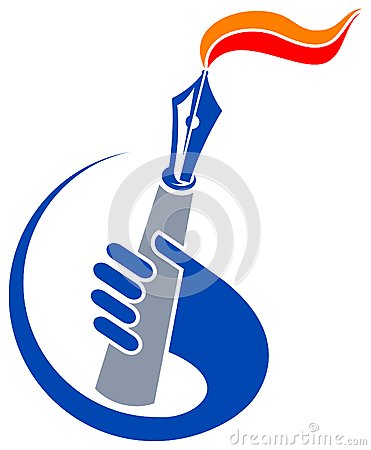Get Assignment Help-Compare Blue Nile, Tiffany and Zales in terms of competitive strategy, brand image and service factors.
(Q1) [3 pts] Compare Blue Nile, Tiffany and Zales in terms of competitive strategy, brand image and service factors.
(Q2) [2 pts] Use “Cost of sales” and “Inventories” in the Tables to calculate inventory turnovers of the three retailers in 2007. Interpret them in terms of the number of stocking locations, inventory aggregation, safety inventory and inventory holding cost. (Hint: Blue Nile has only 1 stocking location (1 warehouse and no retailers). However, Tiffany and Zales have many stocking locations (many retailers).)
(Q3) [2 pt] Calculate the ratios of “Net sales” to “Property and equipment” in 2007 from the Tables. Interpret them in terms of number of stocking locations and facility operating cost.
(Q4) [2 pts] Compare the three retailers in terms of inbound transportation cost (from manufacturers to warehouse/retailer) and outbound transportation cost (from warehouse/retailer to customers).
(Q5) [2 pts] Discuss the impact of Blue Nile’s “Build your own ring” on the service factors such as product variety and product availability, and cost factors such as inventory holding cost and labor cost. Page 2 of 2
(Q6) [2 pts] Blue Nile carries about 30,000 stones priced at $2,500 or higher. However, almost 60% of the products sold from the Tiffany website are priced low around $200. Discuss the differences in terms of their competitive strategies. Discuss the impact of Blue Nile’s “$2,500 or higher online” on the safety inventory and inventory holding cost. (Hint: High-priced diamonds are slow movers with high demand variability.)
(Q7) [1 pt] Given that Tiffany stores have thrived with their focus on selling high-end jewelry, what do you think of the failure of Zales with its upscale strategy in 2006? (Hint: Consider the positioning of Zales with Tiffany, Wal-Mart and JCPenny.)
(Q8) [1 pt] What do you think of Tiffany’s decision to open smaller retail outlets, focusing on high-end products, to reach smaller affluent areas? Discuss pros and cons.
(Q9) [1 pt] Which of the three companies do you think was best structured to deal with the downturn in 2009? What advice would you give to each of the three companies regarding their strategy and structure?

